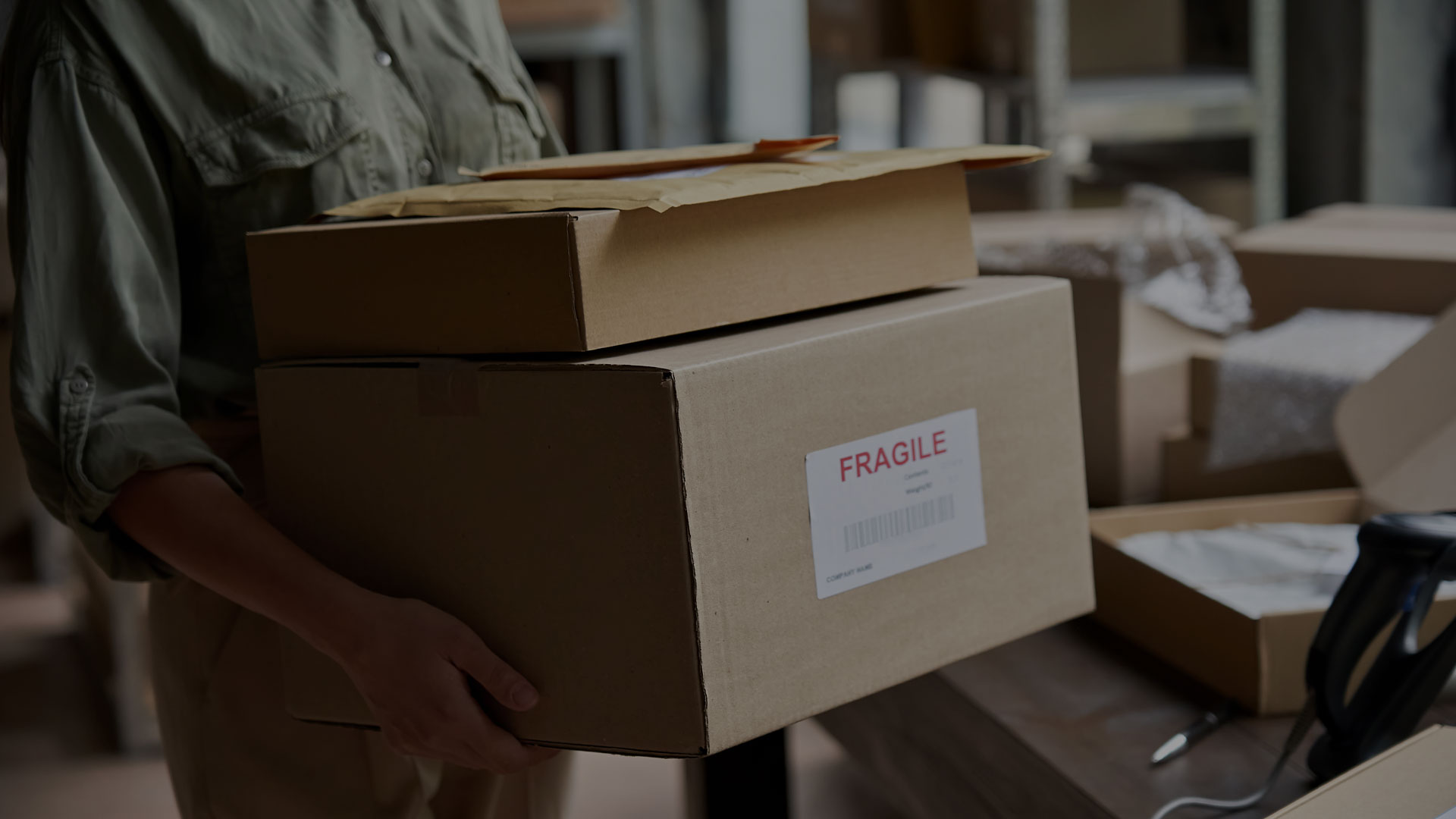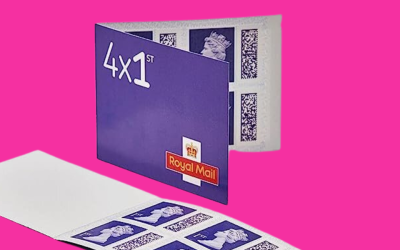Are you thinking of taking your direct mail campaigns to the next level? The topic of direct mail fulfilment is of critical importance within the direct mail campaign lifecycle.
As a business, bakergoodchild have our own processes but here we have explained what’s typical and what can be expected for customers within the direct mail fulfilment phase of a project from a typical mailing house. The processes of bakergoodchild work towards making sure that your efforts succeed.
What is direct mail fulfilment?
Direct mail fulfilment is a major stage of a direct mail campaign. A working definition for direct mail fulfilment would be:
“Fulfilment takes the initial printed material and stationery and is a process which leads to its preparation and conversion into ready to mail items.“
The variety of mailing items which need to be fulfilled
Direct mail pieces to be fulfilled could include brochures, catalogues, letters and magazines within envelopes or polywrap, etc. You need a lot of expertise to undertake the fulfilment process. The approach you take will determine the level of understanding among the target audience. No wonder most people in the United Kingdom prefer the use of experts at the fulfilment stage by outsourcing the entire process to a mailing house such as bakergoodchild.
Mail fulfilment preparation tasks
There are several aspects to preparing for direct mail fulfilment, these include:
- Gaining access to printed material – Having access to the various printed material and inserts for the mailshot starts the process. This is often stored in an onsite warehouse where mailing houses hold agreed stock levels for future direct mail campaigns. These printed material and inserts form the basis of any direct mail campaigns. These printed materials will later be converted into ready to send mailing
- Address information – The addressee information (where personalised) will be supplied directly onto the printed material through variable data printingAddresses in virtually all cases will be sorted into a postcode order (e.g. Royal Mail PAF – Postcode Address File) or walksort order, which will ease distribution and reduce postage costs. The address information will also make sure that the mail gets to the right destination (and filters out goneaways and deceased records, etc.) It is critical to have all this information just to be sure that the mail will be getting to the right destination and also so that it complies with legislation such as GDPR
- Materials availability – Checking whether materials are available, e.g. envelopes, inserts, stationery, packaging materials required, etc. You may want to prepare your direct mail, but materials are not available or insufficient. Evaluate all the available materials and make sure that they are enough for the campaign. In case of any deficit, make sure you plan on immediate procurement to avoid any inconveniences in between the process. This may call for making additional actual purchases of the required materials.
- Planning and management – this includes tasks such as ensuring the right staff and equipment are available at the time require to fulfil the fulfilment tasks as well as planning out each process of fulfilment. The staff should have the required knowledge to undertake the fulfilment process. Moreover, the equipment should be of the right quality to ensure safe delivery
Stages of direct mail fulfilment
The stages used in any direct mail campaign for fulfilment will potentially vary from project to project depending upon the requirements. This is because each project has unique requirements in terms of nature of the material being fulfilled, volumes, and the expected time of delivery. Typical parts of the process would include:
- Automated collation – feeding multiple inserts into an envelope at high speed to provide a highly professional organised mailshot package. These inserts could be free product samples, leaflets, letters, newsletters, order / renewal forms, promotional cards, vouchers/coupons, etc. The type of inserts entirely depends on the customer and the campaign.
- Automated folding – using folding machines to create folds in the right places for the direct mail set and optimising the mailshot to fit in the smallest possible envelope (which reduces postage costs). This could also entail different types of folding such as accordion, roll fold and “slit & nest” as just a few examples of folding options. This is a critical stage because it determines the overall cost of the process. It is recommended to use the right machine to ensure successful folding.
- Automated envelope closing – machines automatically close the envelope and its contents (the envelopes could be plain or windowed depending upon the requirement). This is an especially labour saving task compared to the manual closing of envelopes. The envelopes will also be closed in a very secure manner to ensure safe delivery of mailings and enclosed contents.
- Automated polywrapping and polyprocessing – the inclusion of polywrap and polyprocessing where it is a requirement of the direct mail campaign. This is a common requirement for magazines, brochures and catalogues. Polywrapping is also an alternative to sending multiple enclosures without the use of envelopes, as the enclosures are all securely sealed within the polywrap
- Bundling, Packing and packaging – Bundling the direct mail into boxes, packing and packaging for preparation for mailing. The stage requires a lot of keenness to make sure that nothing is left out and that the entire mailing is ready for dispatch
- Collection by postal carrier – The batches of mail are then collected by the postal carrier chosen for the project, who will distribute the batch to the eventual destination. There is an opportunity to save money here too through the use of downstream access providers
For each of the stages above a more detailed article is available, simply click the link when hovering over the name of each of the above stages.
Hand or manual direct mail fulfilment?
Wherever possible a mailing house will always attempt to automate the entire mail fulfilment process. Automated machine based fulfilment is faster, more convenient, saves often mundane labour tasks and in the vast majority of projects is cheaper than hand fulfilment. Therefore, automation is the way to go, wherever it is possible.
Although it’s usual for tasks to be automated it is possible for some tasks to be hand fulfilled. This may be needed for low volume runs, mailing of odd/unusual shaped items (e.g. hexagons, triangles, stars, etc.) and where there are size restrictions which can’t be processed by machines in an automated way.
Further information from bakergoodchild
For details of the automated and manual direct mail fulfilment services provided by bakergoodchild visit https://www.bakergoodchild.co.uk/services/direct-mail/ for further information. Also, don’t hesitate to ring our experts for straightforward advice.
The next stage after direct mail fulfilment is complete would be postage and distribution, read this link to learn how bakergoodchild can save your organisation significant amounts of money on postage costs.
Speak to bakergoodchild about direct mail fulfilment
We are experts in direct mail fulfilment and are a leading UK mailing house. Work with us on whichever parts of the process you need or we can manage the entire process from start to finish. Call one of our mailing house experts today on 0800 612 1972 or complete our contact form to revolutionise your direct mail campaigns!






